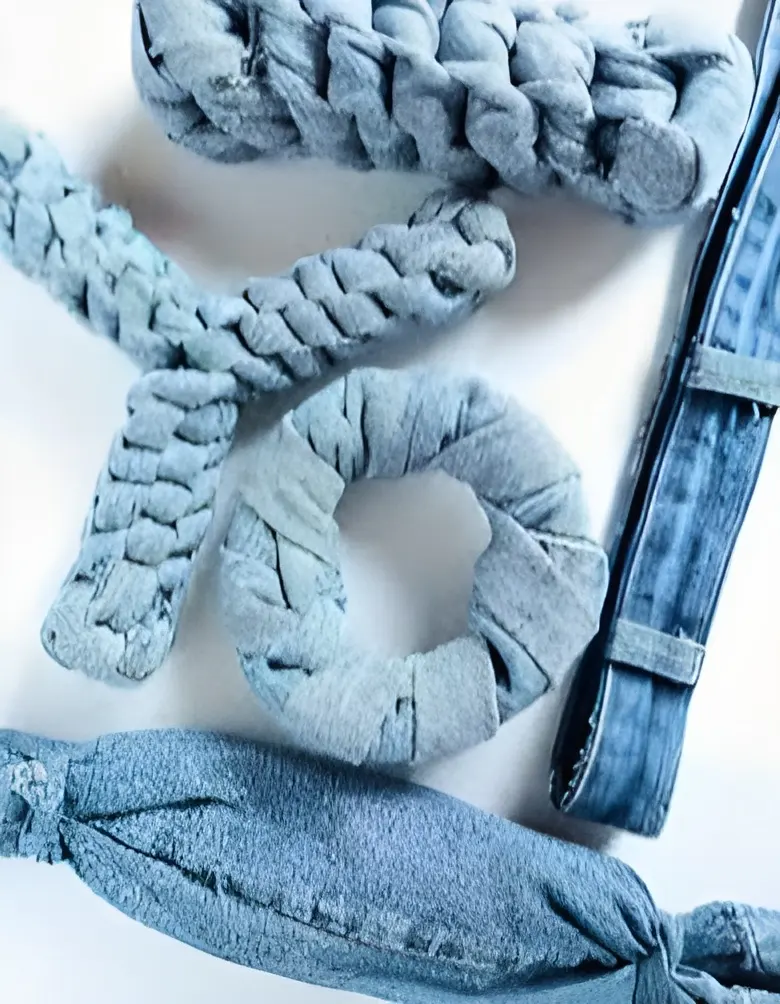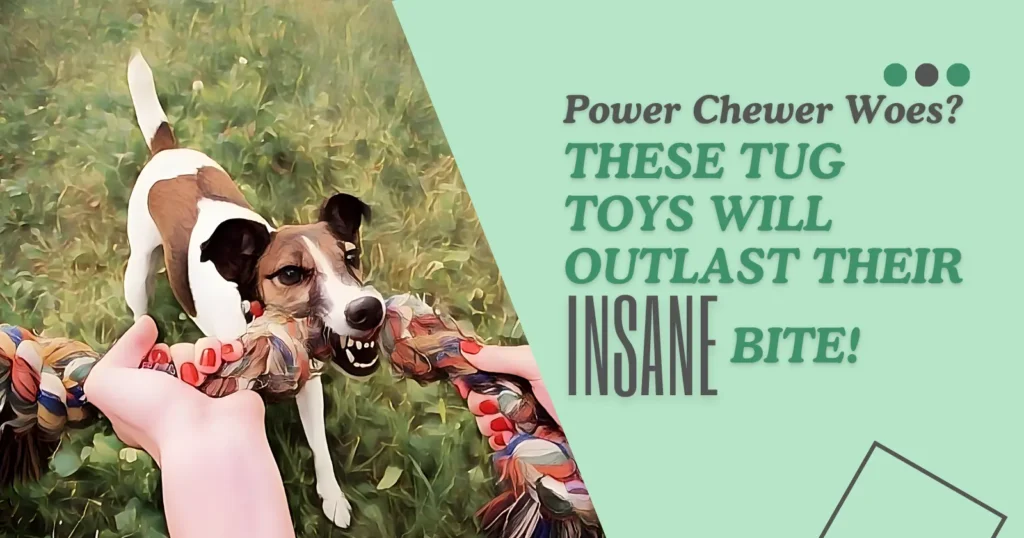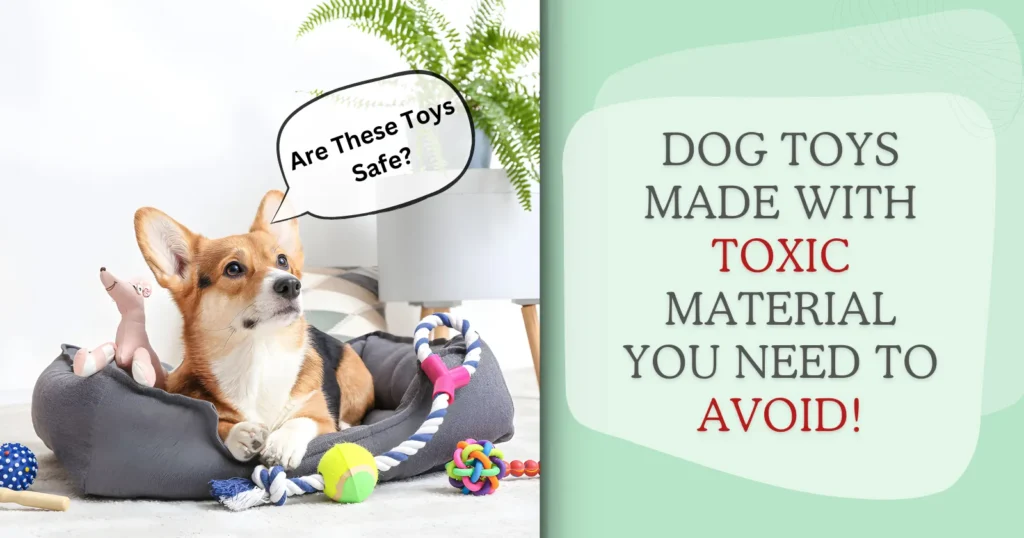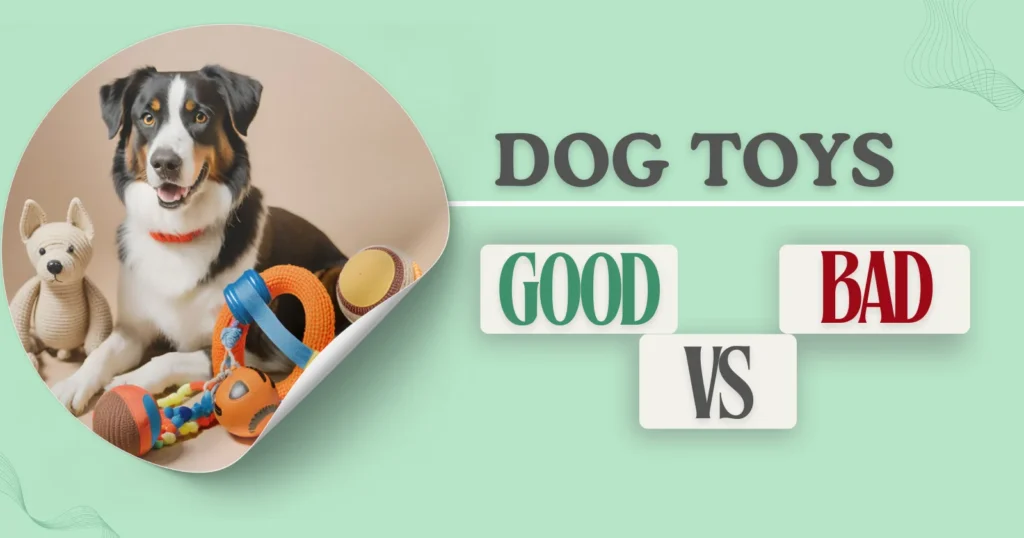As dedicated dog owners and loving parents of our furry friends, we often find ourselves facing the problem of what to do with old dog toys. These toys, ranging from the well-loved to the barely nibbled, hold memories of joy, playtime and tender moments. However, as time passes, these toys can accumulate, leaving us searching for meaningful ways to manage the remainder. In this guide, we will explore innovative and charitable solutions for your pup’s pre-owned toys, ensuring they continue to spread happiness even after their prime.
Where to Donate Old Dog Toys?


Local Animal Shelters and Rescues
Animal Shelters often welcome donations of gently used dog toys. These establishments are havens for dogs waiting for their forever homes, and various toys can significantly improve their quality of life during their stay. Before donating, it’s crucial to contact the shelter to inquire about their specific needs and donation guidelines. Remember, toys should be in good condition, clean, and safe for another dog’s use.
You should wash your dog toys before donating them.
Veterinary Clinics
Some Veterinary Clinics might accept donations of dog toys for patients who are recovering from surgeries or illnesses. Toys can be a comforting presence for these pets during a stressful time. As with shelters, reach out to your local clinics to understand their policies on accepting used toys.
My local vet’s office accepts old dog toys to provide comfort to those pets who are recovering from injuries, surgeries or just unwell in general.
Pet Foster Networks
Pet Foster Networks always need supplies to support their foster caregivers. Dog toys can help ease a foster pet’s transition to a new environment, providing comfort and entertainment. Contact local networks to see if they can put your old toys to good use.
I recommend donating to foster networks because a lot of dogs there come from abusive backgrounds and homes where previous owners neglected them. So, these old dog toys can be a great source of comfort to our underprivileged furry friends.
What to Do with Used Dog Toys? 3 Easy Ways


1. DIY Toy Refresh
Fabric Toys
For fabric toys that have seen better days, consider giving them a DIY Refresh. If the toy’s integrity is still intact but it’s merely dirty, a good wash might breathe new life into it. For toys that are fraying or coming apart, assess whether they can be safely repaired. Sometimes, a simple stitch can extend a toy’s life but ensure there are no loose parts that could be ingested.
My mum has often stitched my dog’s favorite stuffed butterfly back to life, as my furry friend simply clutches onto it like it were his child.
Hard Toys
Hard toys, such as those made of rubber or plastic, can often be sanitized and revitalized with a thorough cleaning. Mixtures of vinegar and water or pet-safe cleaners can remove accumulated grime, making the toys appealing once more. Make sure to sanitize your dog’s toys post a thorough clean.
2. Recycle and Repurpose
Explore the possibility of Recycling and Repurposing dog toys that are beyond repair. Some materials, like certain plastics, might be recyclable in your local curbside program. Creative owners should consider repurposing parts of toys into new toys or even art projects. This not only reduces waste but also allows for a personal touch in creating something unique for your pet.
3. Toy Swap with Fellow Pet Owners
Organize a Toy Swap among your pet owner friends. This can be a fantastic way to give old toys a second life and introduce your pet to new toys without additional cost. Ensure that all toys exchanged are in good condition, cleaned, and safe for pets.
This method keeps your dog mentally stimulated by providing them with a wide range of dog toys to choose from and keeps them interested in their toys.
Managing old dog toys doesn’t have to be a hassle or an end-of-life sentence for the toys. With a bit of creativity, charity, and community spirit, these pre-owned items can find new purposes and continue spreading joy to pets in need. Whether by donating to animal shelters, refreshing and repurposing toys at home, or sharing with fellow pet owners, the life cycle of a dog toy can be extended in meaningful ways. Let’s aim to repurpose with positivity, ensuring our actions benefit not just our furry friends but those around us as well.
Frequently Asked Questions (FAQs)
Can all dog toys be donated?
Not all dog toys are suitable for donation. Toys that are heavily worn, torn, or could potentially pose a choking hazard should not be donated. It’s best to donate toys that are gently used and still in good condition. Always clean the toys before donation and check with the receiving organization for their specific guidelines.
How do I clean dog toys before donating them?
Fabric Toys: Machine wash them using a pet-safe detergent, or hand wash them in a mixture of hot water and pet-friendly soap. Air drying is recommended to avoid any shrinkage or damage from dryers.
Hard Toys: Use a solution of equal parts water and white vinegar to scrub the toys clean. Alternatively, some hard plastic toys can be washed in the dishwasher on a hot cycle without detergent. Always rinse thoroughly and let them dry completely before donating.
Are there toys that shelters and rescues prefer?
Yes, many shelters and rescues have a preference for durable, easy-to-clean toys. Hard rubber toys like Kongs, durable ropes, and strong chew toys are often preferred. However, it’s essential to contact the organization directly, as needs can vary greatly depending on the current pet population and the organization’s resources.
What should I do if there’s no local shelter that accepts used toys?
If local shelters or rescues do not accept used toys, consider reaching out to broader community groups such as animal welfare organizations, community centers, or online pet owner groups where individuals might be looking for pet toys. Alternatively, the toy swap idea or DIY refresh for personal use becomes even more relevant.
Can I recycle dog toys that can’t be donated or repurposed?
The recycling of dog toys depends on the materials they are made from. Check the toy for recycling symbols and contact your local recycling center for guidance on whether they accept such items. For toys that cannot be recycled through traditional means, look for specialty recycling programs that accept pet products.
How can I prevent accumulating too many dog toys in the future?
Consider adopting a one-in, one-out policy, where you donate or repurpose a toy each time you introduce a new one. Additionally, focusing on quality over quantity can reduce the rate at which toys wear out or become boring to your pet. Investing in durable toys that can be cleaned and refreshed regularly might also help manage the toy overflow.







